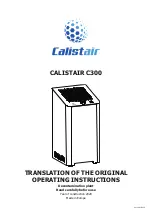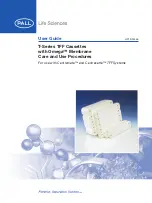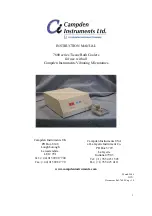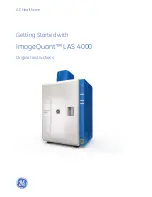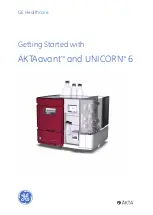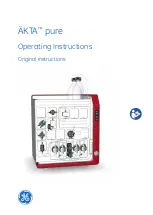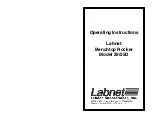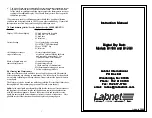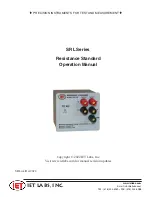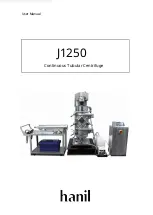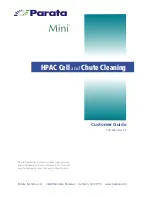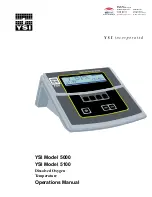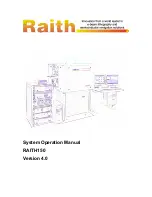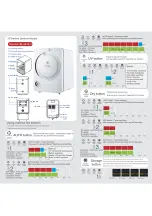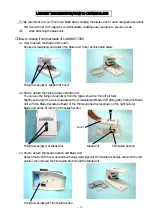Summary of Contents for 5890 Series II
Page 1: ...Reference Manual HP 5890 Series II and HP 5890 Series II Plus ...
Page 8: ...This page intentionally left blank ...
Page 9: ...1 Columns and Fittings ...
Page 31: ...2 Keyboard and Displays ...
Page 42: ...This page intentionally left blank ...
Page 43: ...3 Temperature Control ...
Page 57: ...4 Electronic Flow Sensing ...
Page 66: ...This page intentionally left blank ...
Page 67: ...5 Signal Output ...
Page 98: ...This page intentionally left blank ...
Page 99: ...6 Inlet Systems ...
Page 123: ...7 Detector Systems ...
Page 155: ...8 Preventive Maintenance ...
Page 201: ...9 Chromatographic Troubleshooting ...
Page 222: ...This page intentionally left blank ...
Page 223: ...10 Test Sample Chromatograms ...


















